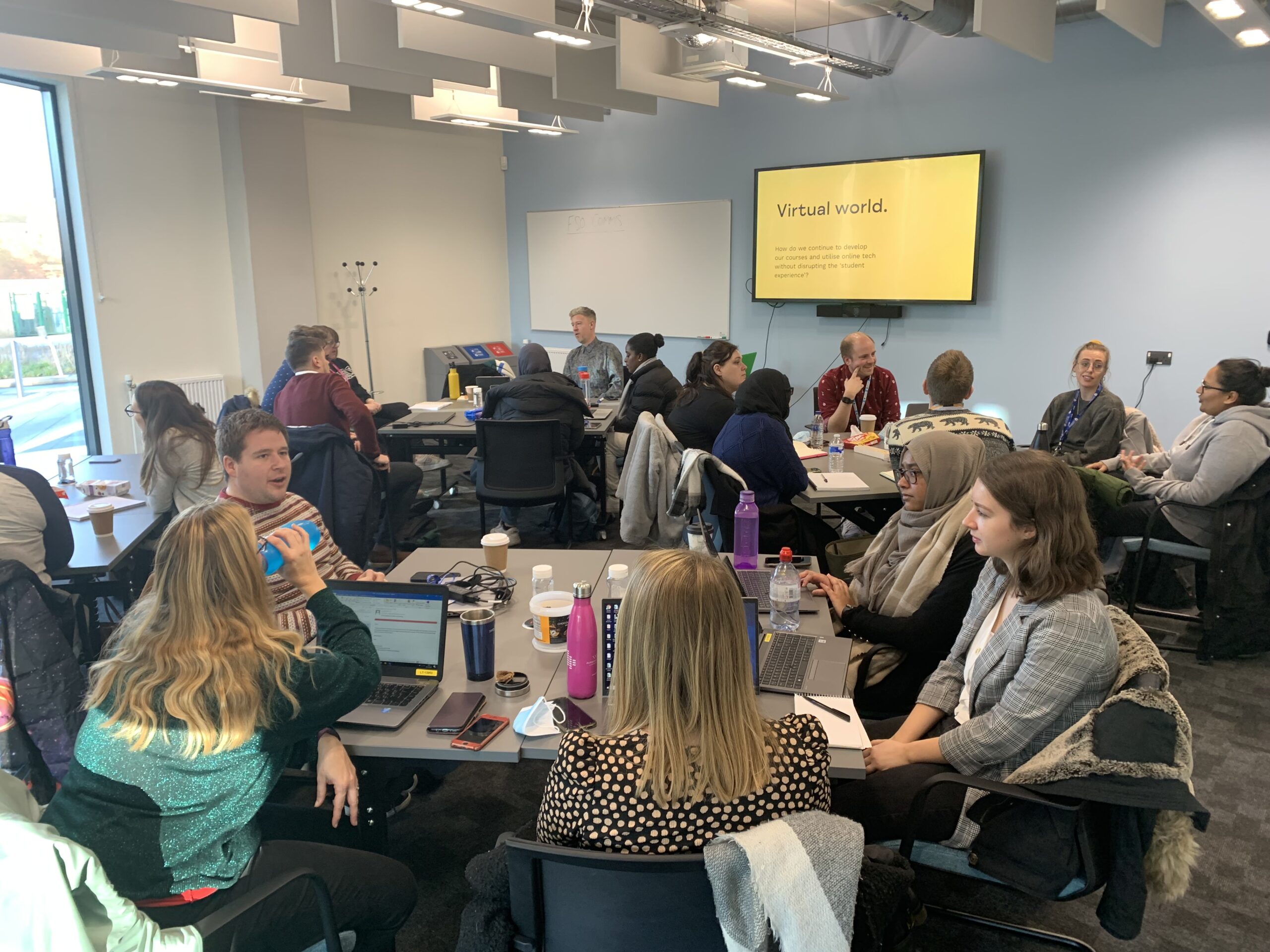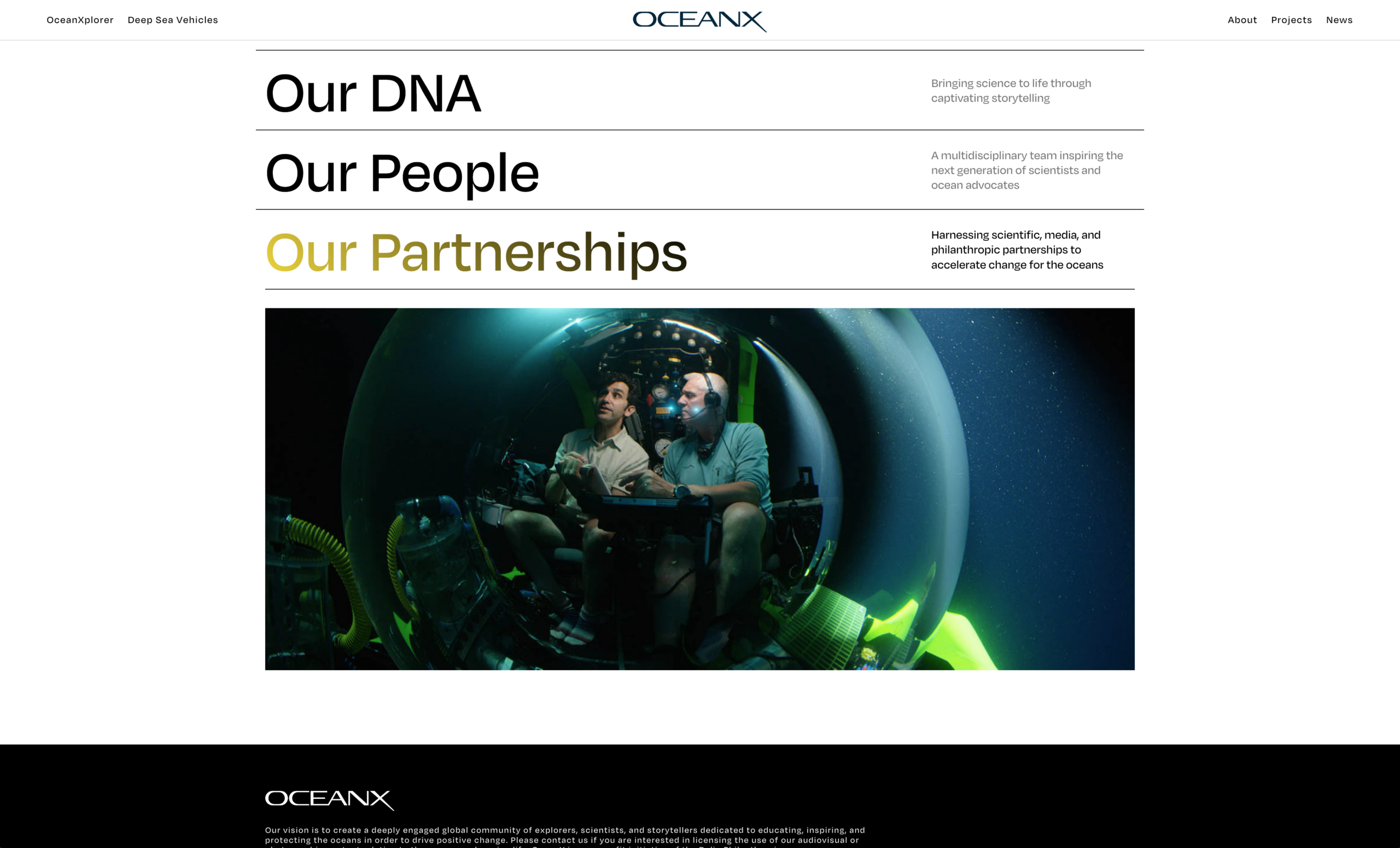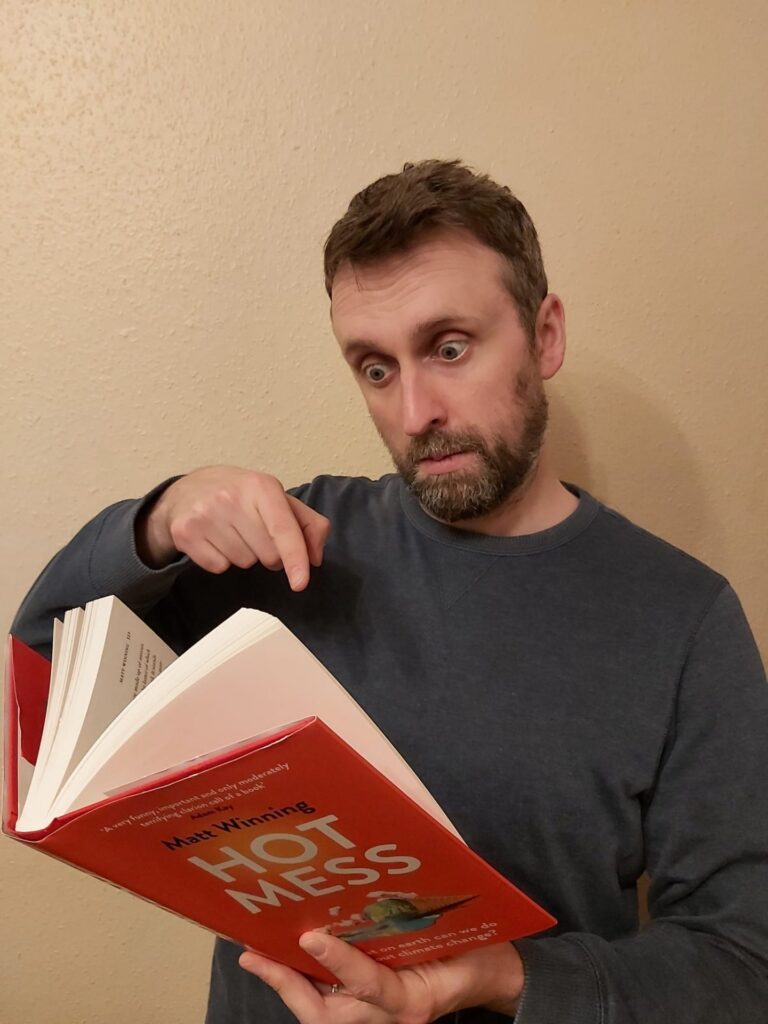Use Creative Research Communication Tools to Make Complex Academic Subjects More Engaging
Communication is key — especially in the world of academic research. However, often conveying data-driven ideas leads us to dry or uninspired communication pieces that fail to capture attention and engage stakeholders, let alone encourage mainstream behaviour change. Crafting captivating, bite-sized stories from rigorous research can be quite the balancing act, and treading the tightrope between maintaining the integrity of research and attempting to distil complex data into more digestible bits without straying into the realms of reductionism can be seen as a challenge by many.
But what if we told you that with a dash of careful planning, there are ways to make complex subjects more interesting and engaging without sacrificing the integrity of the information being communicated?
Unearth what matters the most through creative discovery

To lay the foundation for a successful communications strategy, it’s essential to go on a journey of creative exploration and pinpoint what really matters. So, round up your brightest minds, and get to work on some in-depth sleuthing, perhaps with the guidance of an expert, creative professional. This is the perfect opportunity to map out the project’s unique identity, identify its audience and figure out ways to pique stakeholder interests and get them hooked. Dig deep to discover what makes the project special, and get to know its DNA: purpose, possibilities and philosophy.
Purpose (the why)
Your highest level of contribution. What aligns the whole team together? What do you fight for?
Possibilities (the where)
Where are we all working towards? What goals are we setting? How do we measure success?
Philosophy (the way)
What guiding principles do we stand for? How do we support one another? What’s our working culture?
With a solid understanding of these three elements, the very essence of the project is revealed, and a blueprint of how to achieve the core goals begins to take shape.
Become a storyteller
If you’ve ever thought stories are best left for the pages of a novel, think again. Storytelling is a powerful tool that can be used to communicate complex ideas and research findings in a more engaging and accessible way. It can help to bridge the gap between academic research and real-world applications. By framing research findings within a narrative context that highlights their potential real-world impact, it’s possible to make the research more relevant and actionable to policymakers, funders, and stakeholders. What’s more, the classic story structure translates perfectly to projects. Every great story has a hero, a villain, and a guide to show the way. For research projects, it’s no different!
The Hero
The hero is typically the end-user or stakeholder who stands to benefit from the project’s outcomes.
The Villain
The villain is the problem or pain point that the hero faces and that the project aims to solve. This could be a lack of evidence, insufficient information, or outdated technology.
The Guide and the Superpower
The guide is the research project itself, and the superpower is its findings. By highlighting the unique and valuable insights that the project has uncovered, it’s possible to frame the project as a powerful tool for solving the hero’s problem and defeating the villain.
When writing your story arc, however, remember that accessibility is key. Aim to break barriers rather than raise them – using obscure academic language may run the risk of alienating the very people who can truly benefit from your work.
Make it relatable
If your message is for the people, make sure it’s actually accessible to them! Cut off the jargon and try something fresh – consider incorporating topical topics or popular culture references into the messaging mix. The use of these references can enable a common language between diverse groups of people. After all, it can’t be all about business 24/7 or else the message gets tuned out. Don’t hold back; be daring, innovative, and lighthearted in how you shape your words — being courageous usually results in more impact than conformity.
Create and deploy
Having a creative message alone is not enough. To amplify an idea, consider ways to reach beyond convention and unlock a wider audience with innovative delivery methods. Fusing data with more creative means like infographics, hand-drawn animation, graphical posters, and illustration is a great way to aid comprehension of the message and ensure your research findings stick. Getting your message out there isn’t just limited to the written word. Academics have traditionally stuck to the tried-and-true journals, book chapters and books when disseminating research – but what if that strategy isn’t reaching everyone it could? We’ve got to think beyond print – where else can we reach people who lack access to or interest in academic publications? What websites, platforms and workshops will put our message front-of-mind of the stakeholders?
A few of our top picks for creative research communications
Using a slick visual identity
OceanX is an innovative research organisation that dives deep into the mysteries of the ocean. Their website and visual identity are super sleek, with captivating images and a cool design that grabs your attention. They use these elements to share their exciting research findings, expeditions, and efforts to protect our oceans. With OceanX, exploring the ocean feels like an adventure. Their visuals make it all the more thrilling and easy to connect with their mission of ocean exploration and conservation.

Using interactivity
The Breath of Life: Exploring the Human Respiratory System by BioDigital is an interactive digital experience that brings the world of respiration to your fingertips. Through captivating visuals and interactive features, you can dive into the anatomy of the respiratory system. Understand how breathing works, and explore different respiratory conditions. The interactive nature of the platform allows you to engage with 3D models, zoom in on details, and simulate breathing patterns. It’s an immersive way to learn about the research and gain a deeper appreciation for respiratory health.

Using humour
Hot Mess: What on Earth Can We Do about Climate Change?… This book by Matt Winning is a hilarious and informative book that uses humour and storytelling to convey climate research. It’s an engaging and inspiring read that tackles the urgent issue of climate change in an accessible way.

Using animation
XVIVO produced The Inner Life of the Cell for Harvard University is an animation that showcases the intricate workings of cells. Through fascinating visuals, it effectively communicates complex research in an accessible way. By immersing viewers in the microscopic world, it sparks curiosity and fosters a deeper understanding of cellular biology.
Rigorous research and creative communications may be different trades. However, by finding the point of connection between the two and with a few creative touches, even the most heavy, data-driven research areas can become full of life. Need a hand carving out the captivating story from your research? Bookings for our free creative research communications training workshops are open. Click here for more details on how to get involved.
